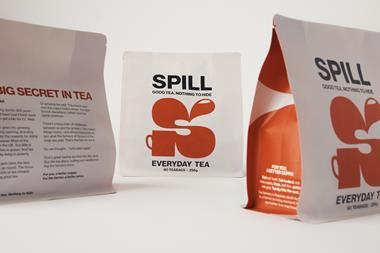Tea prices hit the headlines at the start of last month as poor weather in key producing countries led to a tightening in global tea supplies. So what can buyers expect from tea markets in 2013?
The price inflation comes despite the world’s largest tea producer - China - being expected to increase its tea production by 10% in 2012. Indeed, total global production is up by 2.8% year-on-year to 4.41 million tonnes.
However, because much of this increase is down to China and the country largely trades in loose green tea, good tea production there hasn’t managed to offset poor production in Kenya, Sri Lanka and India, where frosts and drought have wreaked havoc.
Kenyan production is expected to be down 4.8% this year, with Sri Lanka production down by 1% and Indian production down 4.6%. At the same time, global tea consumption is expected to increase 3.2% to 4.32 million tonnes this year, driven by growing demand from China, India, Russia and the Middle East, outpacing the expected 2.8% growth in global production.
Year-on-year, Kenyan tea prices in pounds have risen by 17% to £2,540/tonne, while prices for Sri Lanka tea have risen by 33% to £2,560/tonne.
Global demand is showing no sign of slowing down, but the tight supply situation seen this year is likely to lead to increased planting next year as growers seek to take advantage of higher prices. This should put global tea markets into a more comfortable supply/demand balance soon.
Crucially, better weather is also forecast for the year ahead, helping to deliver a forecast global tea supply of 4.64 million tonnes in 2013 - 5.2% higher than this year. Prices should follow down shortly afterwards.
Commodity prices
As crude oil prices have risen, plastics have started to move again, responding to higher feed stock prices. UK prices for HDPE and LDPE film have risen by 10.1% and 8.7% over the past month, although HDPE remains cheaper than it was this time last year.
After earlier concerns about shortages and high prices, rye prices have fallen again and are down nearly 10% in the past month and down 1.4% year-on-year. Rye is falling because EU production is expected to rise from about 7m tonnes in 2011 to 8.2m tonnes this year, with Ukrainian production also forecast to be up.
Meanwhile, coffee and sugar prices have eased recently because harvests in Brazil have improved following earlier delays caused by rain.



















No comments yet